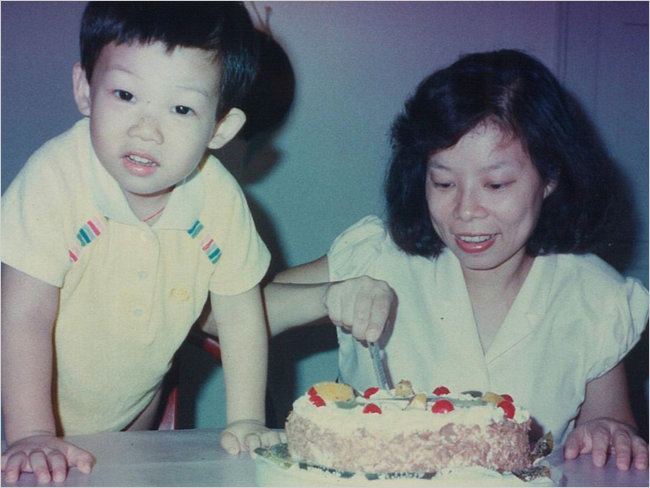The main piece of the Romanian national dress is the blouse, the term being only attributed to the blouse worn by women. It is actually a Romanian traditional blouse worn on festive days, which is made of white cloth, cotton, flax or raw silk tissue, adorned with beads and embroideries on the sleeves and the neckline. The technique of adorning this blouse was handed down from mother to daughter, a fact that preserved the tradition and taste from one generation to another. The patterns are stylized, geometrical or inspired from nature.
In the course of time, the finesse of the materials that were used, the chromatic harmony, but also the cut of the pieces of the Romanian national dress, which were woven, cut and embroidered by hand, were appreciated by Romania’s Queens Elisabeta and Marie, but also by the women aristocrats of the time, who were proud to wear the Romanian national dress at various times.
 The first Blouse Roumaine prototype is considered to be created starting the 6th century B.C in Cucuteni culture. The ancient piece was called “ie”. The name derived from Latin “tunicae linae” which means thin tunic.
The first Blouse Roumaine prototype is considered to be created starting the 6th century B.C in Cucuteni culture. The ancient piece was called “ie”. The name derived from Latin “tunicae linae” which means thin tunic.
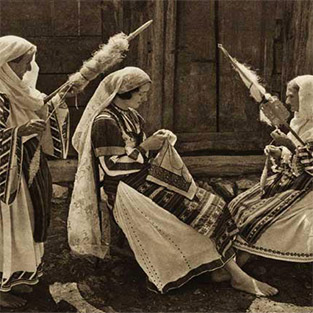 The sewing process of a blouse roumaine. The tradition of manufacturing the blouse is still kept among very rare artisans who are living on forgotten lands of ancient romanian villages.
The sewing process of a blouse roumaine. The tradition of manufacturing the blouse is still kept among very rare artisans who are living on forgotten lands of ancient romanian villages.
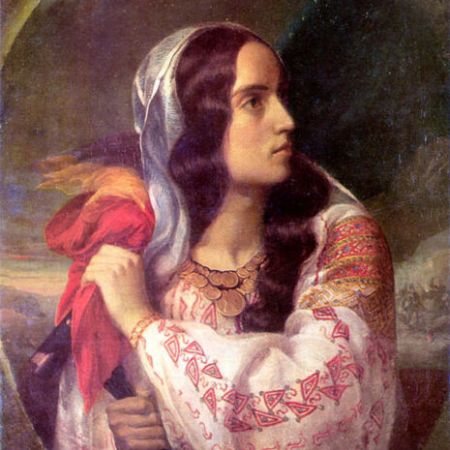 Revolutionary Romania (portrait of Maria Rosetti), Constantin Daniel Rosenthal, 1848
Revolutionary Romania (portrait of Maria Rosetti), Constantin Daniel Rosenthal, 1848
On the other hand, the Romanian blouse caught the artists’ eye and was immortalized by French painter Henri Matisse in several paintings, one of them, La Blouse roumaine (1940), being exhibited at the National Museum of Modern Art in Paris. A Romanian painter, Constantin Daniel Rosenthal, immortalized Maria Rosetti (the sister of artist Dante Gabriel Rossetti as well as William Michael Rossetti and Christina Georgina Rossetti) in Revolutionary Romania as wearing this kind of blouse and a head kerchief. The Romanian blouse also appears in the paintings made by Camil Ressu, Ion Theodorescu-Sion, Francisc Sirato, Nicolae Tonitza, Dumitru Ghiata, etc.

 Yves Saint Laurent, 1981 Collection
Yves Saint Laurent, 1981 Collection
 Yves Saint Laurent, Spring/Summer 1997-1998
Yves Saint Laurent, Spring/Summer 1997-1998
 Stefano Pilati for Yves Saint Laurent
Stefano Pilati for Yves Saint Laurent
 Adele wearing a Tom Ford blouse (spring summer 2011 collection)
Adele wearing a Tom Ford blouse (spring summer 2011 collection)
 Carolina Herrera Resort 2013 Collection
Carolina Herrera Resort 2013 Collection
The Romanian blouse was equally the source of inspiration for the creation of some fashion designers such as Yves Saint Laurent, who in 1981 had an entire collection titled ‘La Blouse roumaine,’ followed by Jean Paul Gaultier, Kenzo or Tom Ford, who interpreted again the traditional blouse he found in the region of Sibiu (central Romania), with black embroidery specific to that area, which appeared in the American issue of Vogue magazine in March 2012, worn by singer Adele. Then there were Oscar de la Renta, Agatha Ruiz de la Prada, Anna Sui or Philippe Guilet. Some of the Romanian fashion designers that took their inspiration from the Romanian national dress are Adrian Oianu, Dorin Negrau, Corina Vladescu and Ingrid Vlasov.



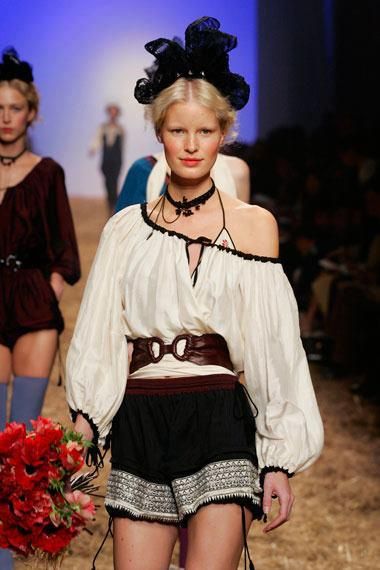















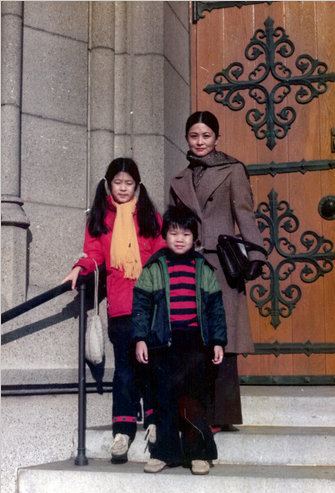

 Susan Orzack and Zac Posen
Susan Orzack and Zac Posen
